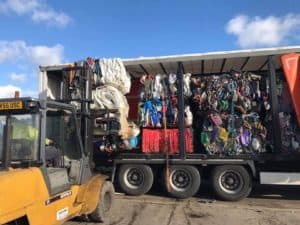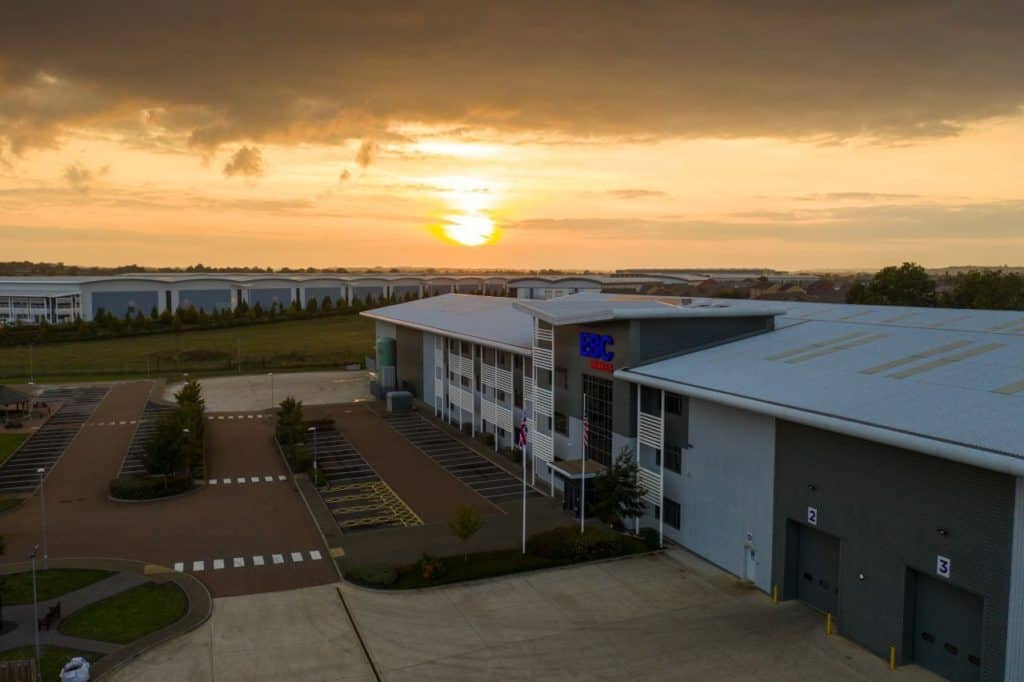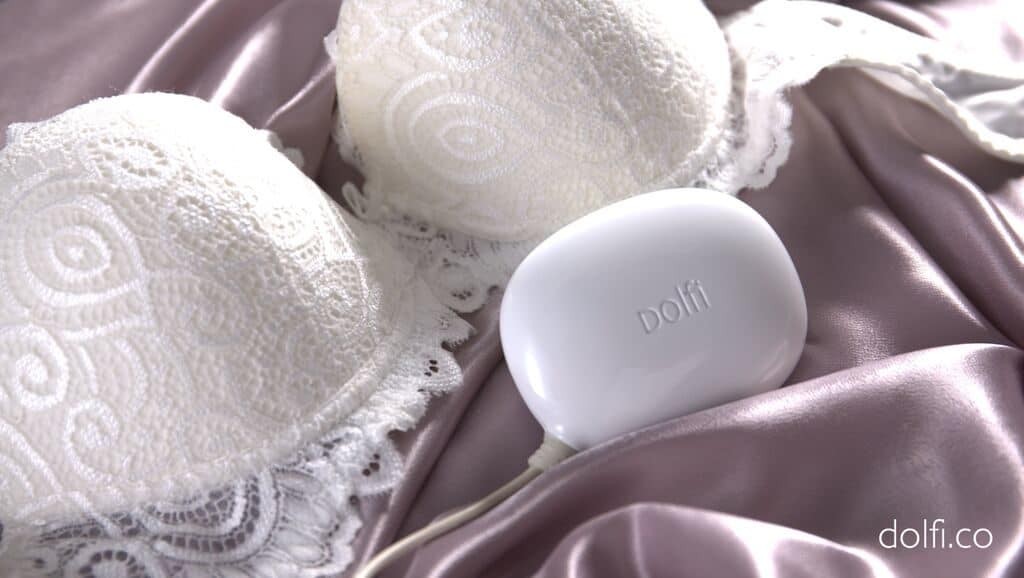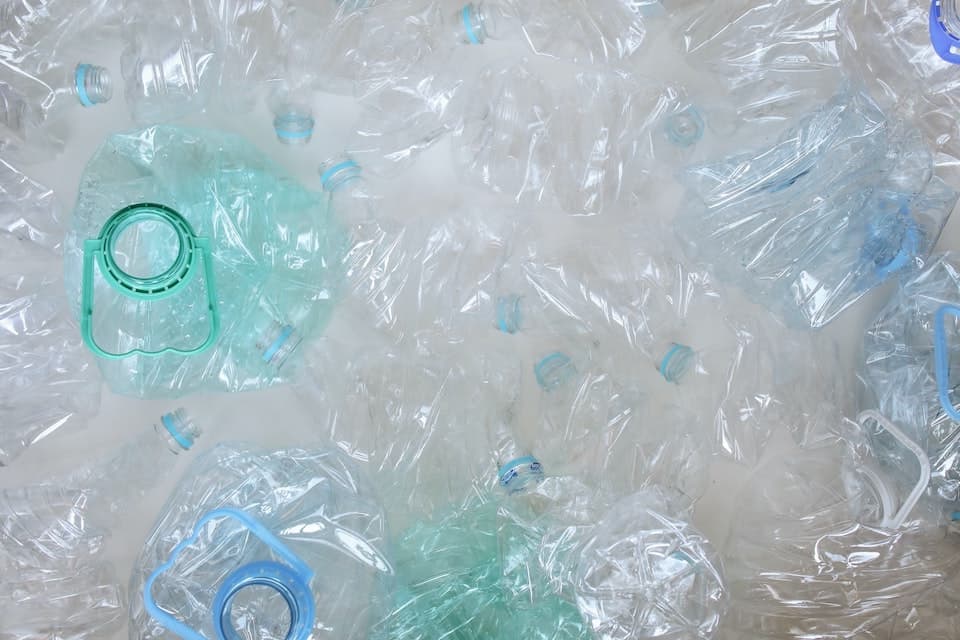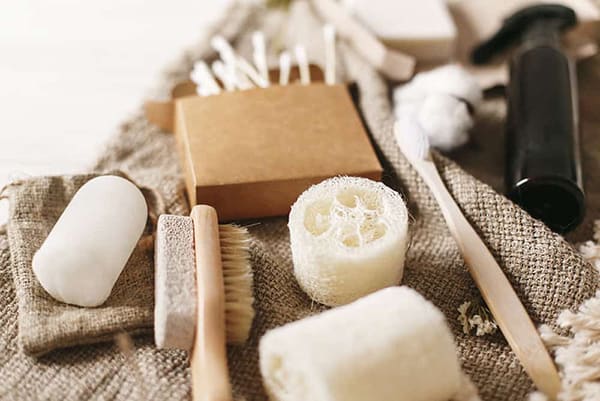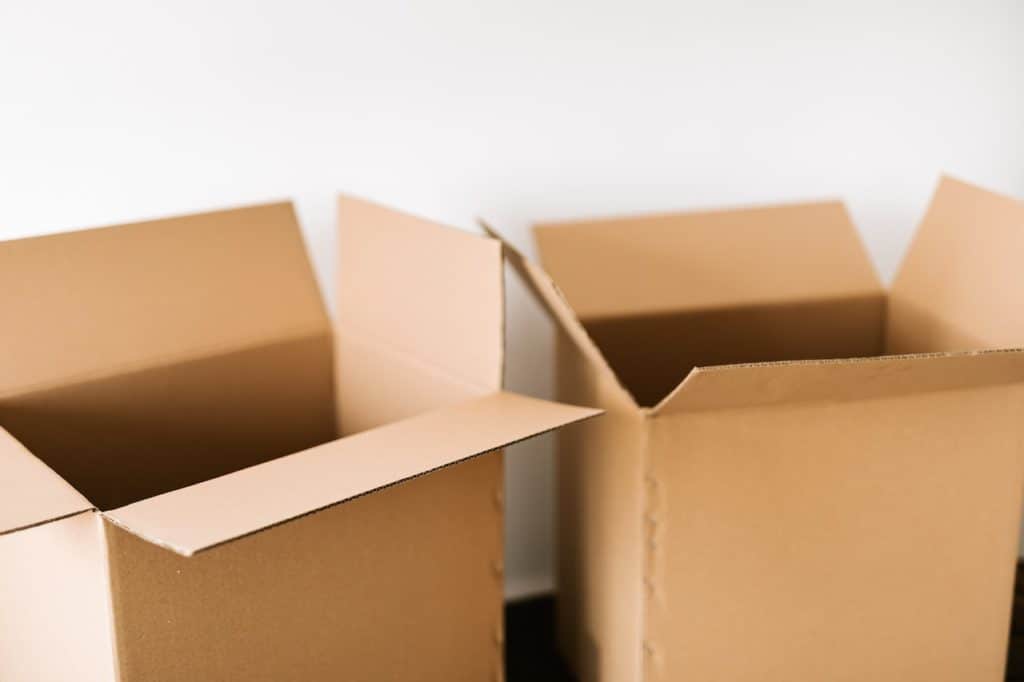Hi Gustaaf & Charlotte, would you like to introduce yourselves and the Recycle & Community Center, on Isla Chira, Costa Rica?
Gustaaf: We are a young couple from the Netherlands, working and traveling in Latin America. We are both specialized in sustainable development and social enterprises. For the last year we are working for the Dutch/Costa Rican company A01 – A Company / A Foundation. The Company and Foundation develop all kinds of projects in the field of social and sustainable development. For A Foundation we helped to developed a project on the Chira Island, this is the Recycle & Community Center Chira (RCCC).
What is the history of the Recycle and Community Center?
Charlotte: In 2009 a group of fisher women on the Chira Island created ADATA: Asociación de Damas Trabajando para el Ambiente (Association of Women Working for the Environment). They started to collect recyclables because they were concerned about pollution and public health due to large amounts of waste on the island.
Initially, the women of ADATA operated from a abandoned house they had borrowed on the beach, from which they were evicted by the owner in 2012, leaving them without a workplace. They requested help to establish a suitable recycling facility to continue and expand the recycling program. In 2011 they presented a proposal to UNDP (United Nations Development Program) with support from UNA (Universidad Nacional). After approval, A-01 was contacted for the design and construction of the center.
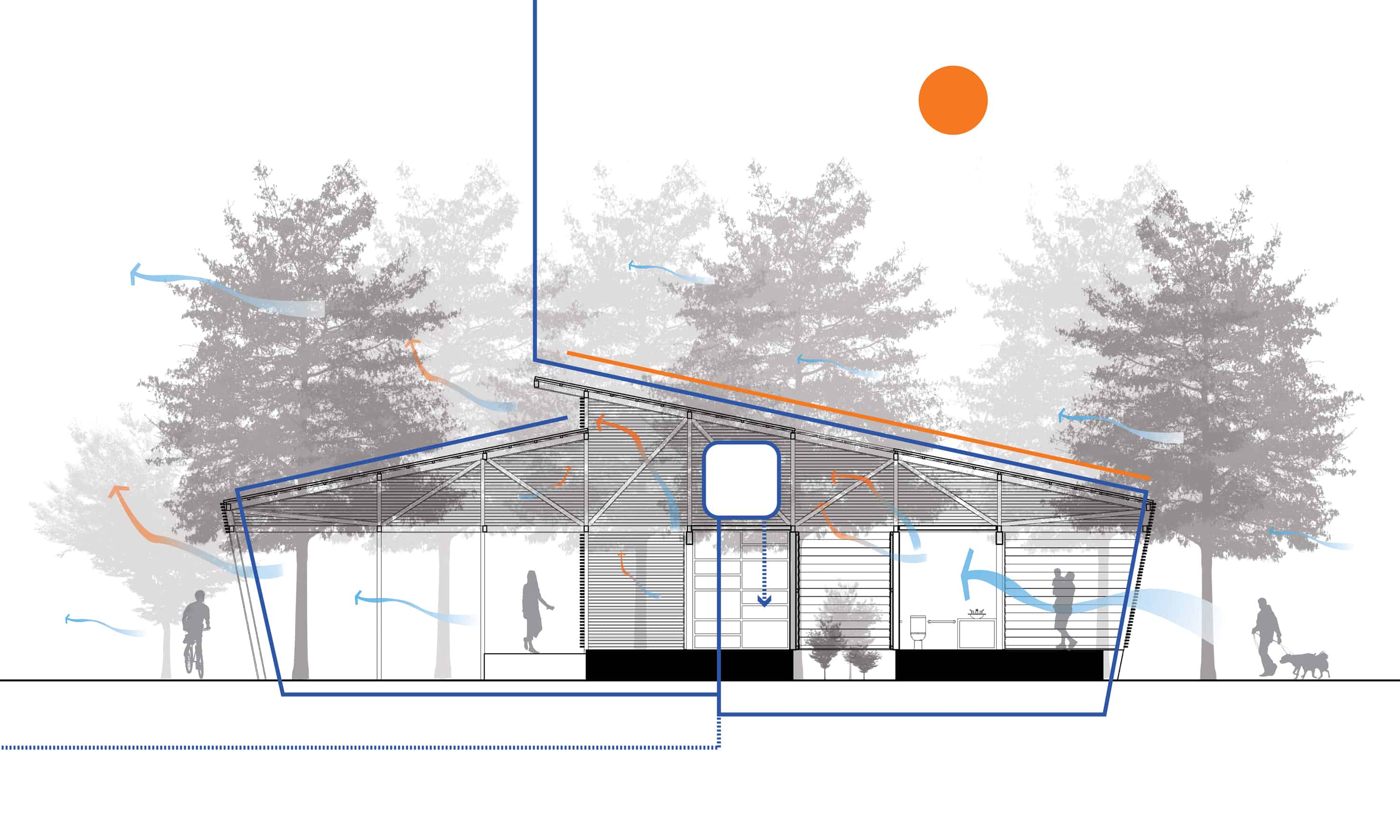
Tell us about the work that is being done at the center and what work needs doing to complete the center?
Gustaaf: As we speak, the Recycle and Community Center is being constructed and will benefit all the 4000 inhabitants of Chira Island. But we still need money to put a roof on the center! This dream of the women association ADATA is a perfect and sustainable solution for the growing garbage problem on the island.
We already have a lot of actors supporting the construction of the center with material and financial donations. Even with the very successful crowdfunding campaign, we still lack the funds to complete the building. So we still could use some help!
What is currently happening to the waste on Isla Chira?
Charlotte: Presently there is no garbage collection whatsoever on the island; the 4000 inhabitants burn, bury or trash their (and the visiting tourists’) solid waste somewhere on land or in the sea.
The Recycle and Community Center is a structural and sustainable solution for the waste problems, as the garbage on the island can be collected in the center. The recycled materials (mainly glass, paper, cardboard, plastic and aluminium) will be transported to the mainland to sell to the big national recycling companies.
What negative effects are being experienced from the burning, burying and sending to sea of waste?
Charlotte: The negative effects are huge. The dumping of waste in the ocean causes severe pollution and damage to vulnerable marine ecosystems, birds and fishes get toxicated by eating plastics, beaches get polluted etc. All these developments influence the (economical) life of the people on the Island.
The burying of waste on the island brings severe damage to the ecosystems on the island, just like the burning of waste. Besides the damage to the ecosystems the waste problem is a large risk for the health of the island population by increasing the spread of dengue.
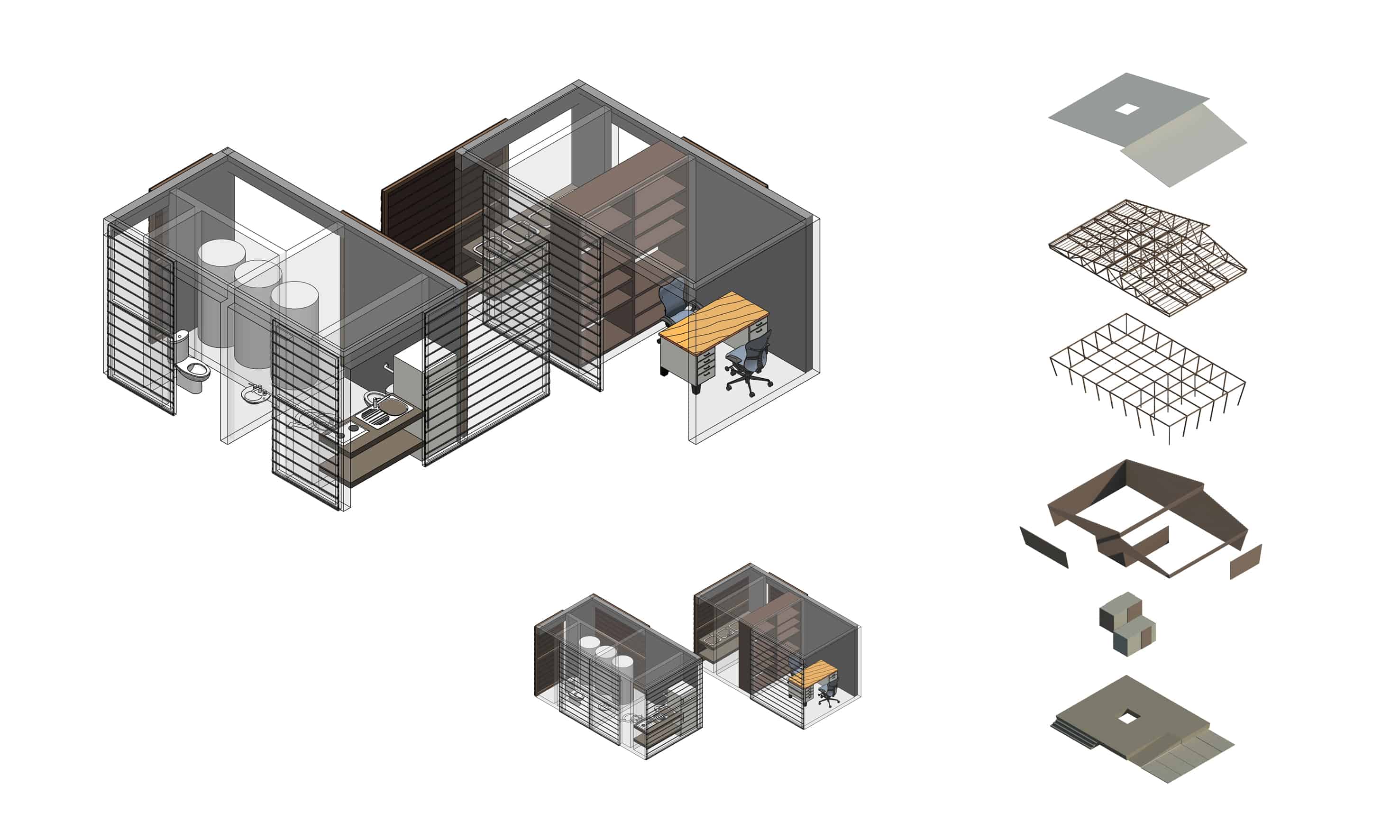
What will the recycle center be made from, and how will it work with it’s environment for the best performance?
Gustaaf: The recycle centre will be made with local woods and donated materials like cement. Besides that, in the design and build study, plans are made for a green roof and a facade made out of recyclables (like plastic bottles) The building designs are formed by the principles of bioclimatic architecture. This means that the Recycle and Community Center is optimized for the use and performance in the local tropical climate through passive design elements such as roof overhangs and natural ventilation.
Will the center run a profit from recycling and are the recycling routes already in place?
Gustaaf: The project creates a source of income for the women of ADATA on an island where most people depend only on small-scale artisan fishing. Fishing is an unstable source of income and is also forbidden by the National Environment Ministry during 3 months a year in order to maintain an adequate level of marine resources. This project targets the economic empowerment of women in order to help them generate a steady income without having to leave the island.
Who designed the center and what ideas did they implement?
Charlotte: A-01 was contacted for the design and construction of the center. A-01 started with a multidisciplinary design-and-build studio at the University Latina in Heredia (Costa Rica). Together with the students A-01 developed several designs for the building, Together with the women of ADATA, a final design was developed. The center offers not only a workplace but also a space for ADATA and other inhabitants to gather for meetings, events, training (e.g. environmental education for schoolchildren), exhibitions of handicrafts and a daycare center for the children of the women that are at work.The design is of high aesthetic and functional quality; it combines traditional ways of living with modern building techniques, integrating the use of renewable energies like daylight, rainwater and recyclable material.
How do you see the center developing over the next five years?
Gustaaf: In five years the Recycle and Community Center on Isla de Chira is an important location on the island. It is a place where people get motivated to contribute to the ecological and social development on the island. It is a place where on a daily base several women work to gain a structural income by processing and selling recyclable materials made out of waste. Besides this, the center will function as example for other islands or similar locations.
Home » Recycle & Community Center Chira
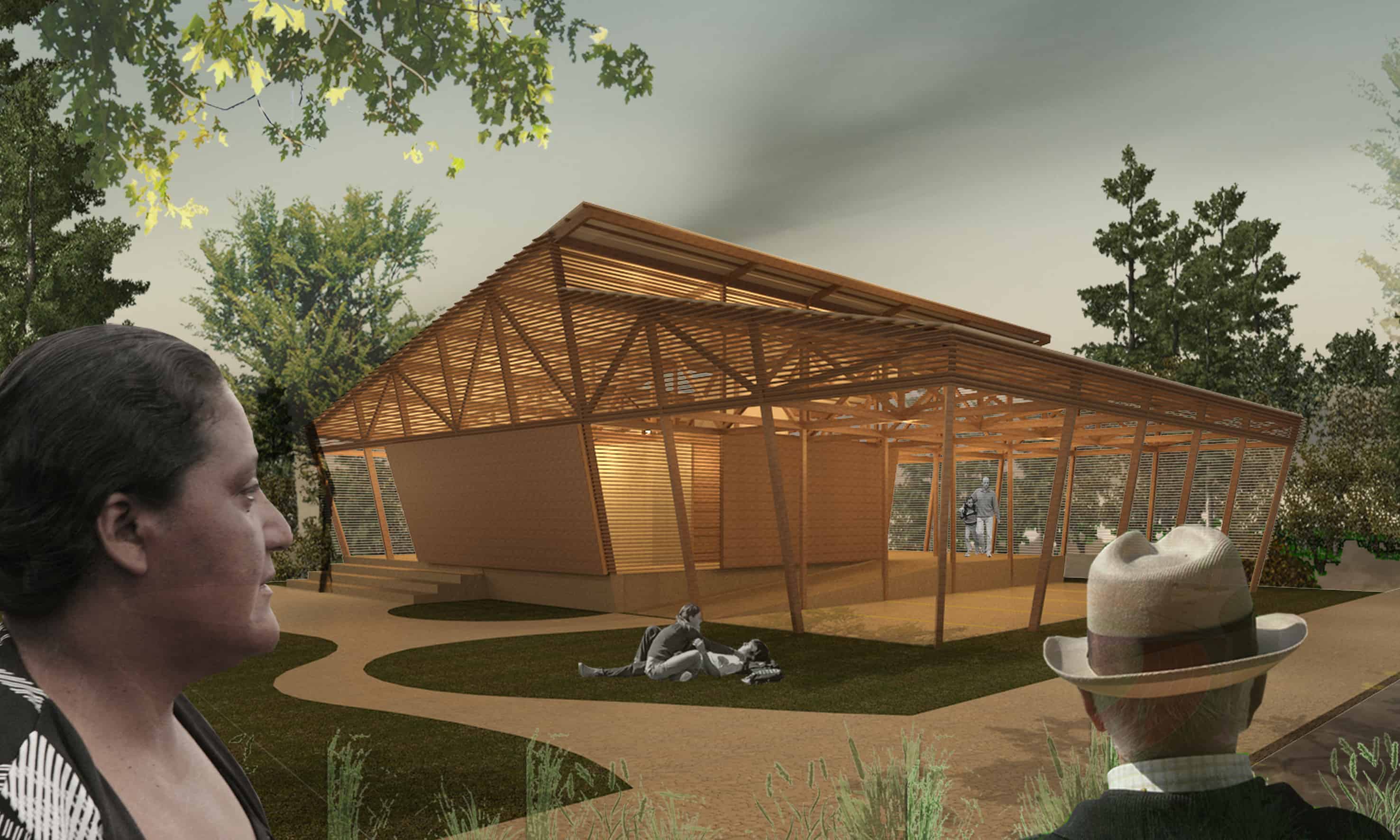
Recycle & Community Center Chira
-
Author admin
- Published Date
- 10 min read
Whats on this page?
Related Post
Popular posts
What Is A PET Bottle PET stands for Polyethylene terephthalate, a type of plastic that is used to make plastic
What Is A Sustainable Product & The Benefits A sustainable product is a product that uses resources in an efficient
The History Of The Cardboard Invention Nowadays we see cardboard everywhere. Whether that be packaging deliveries, containing our food or
Book a Collection Today!
Contact us today to recycle more plastic waste for your business.
